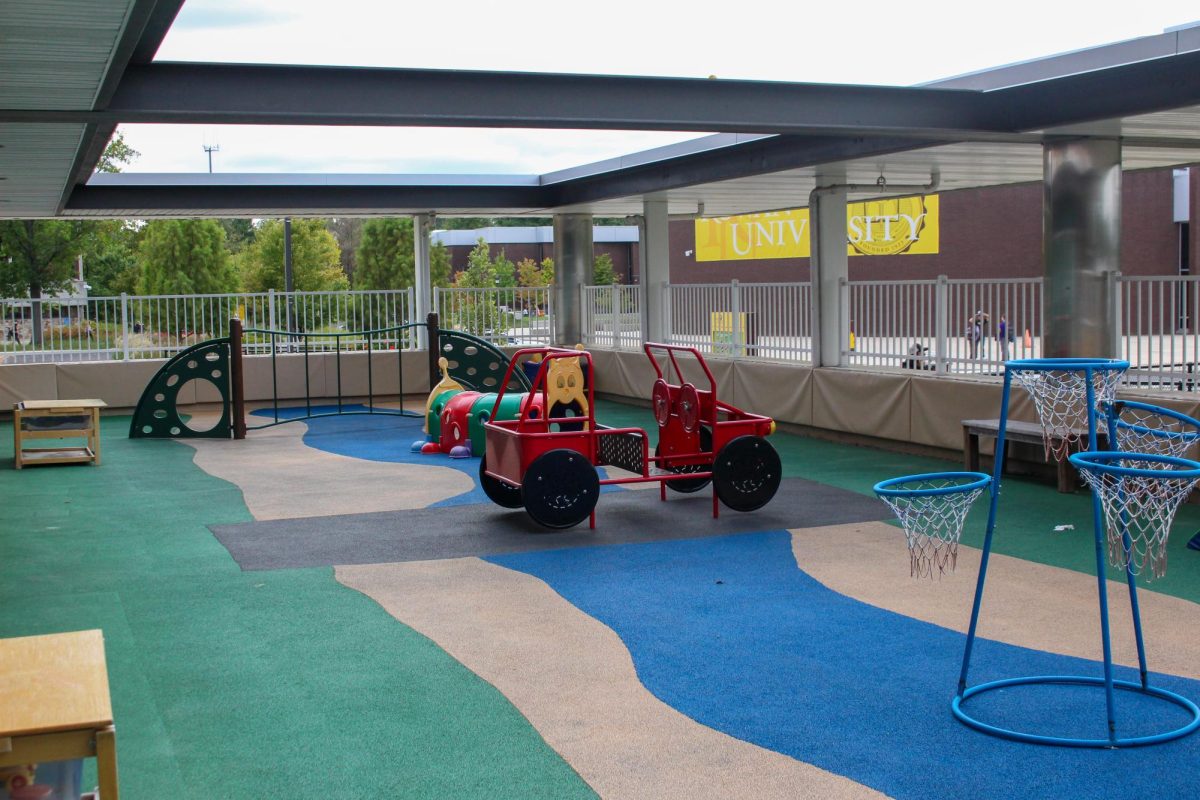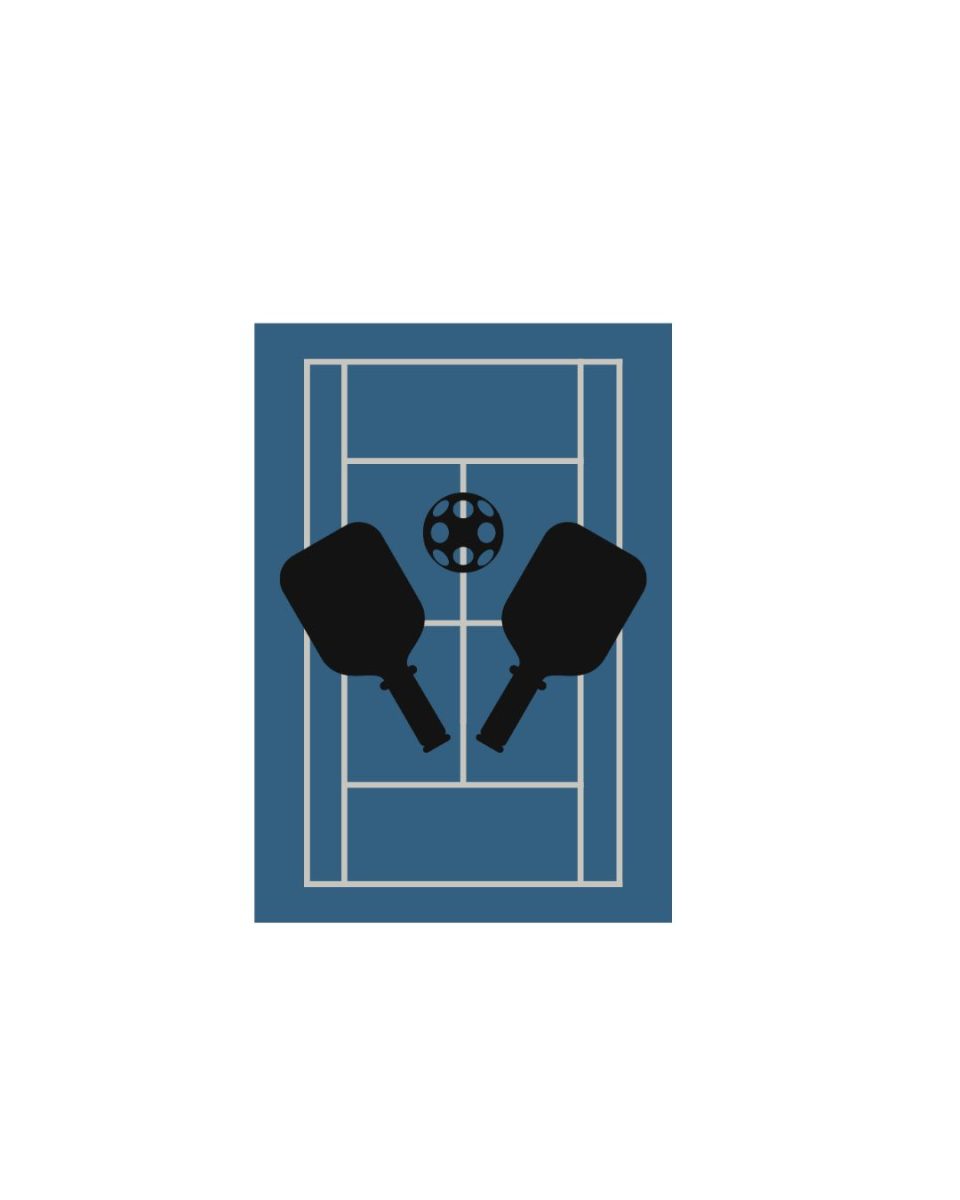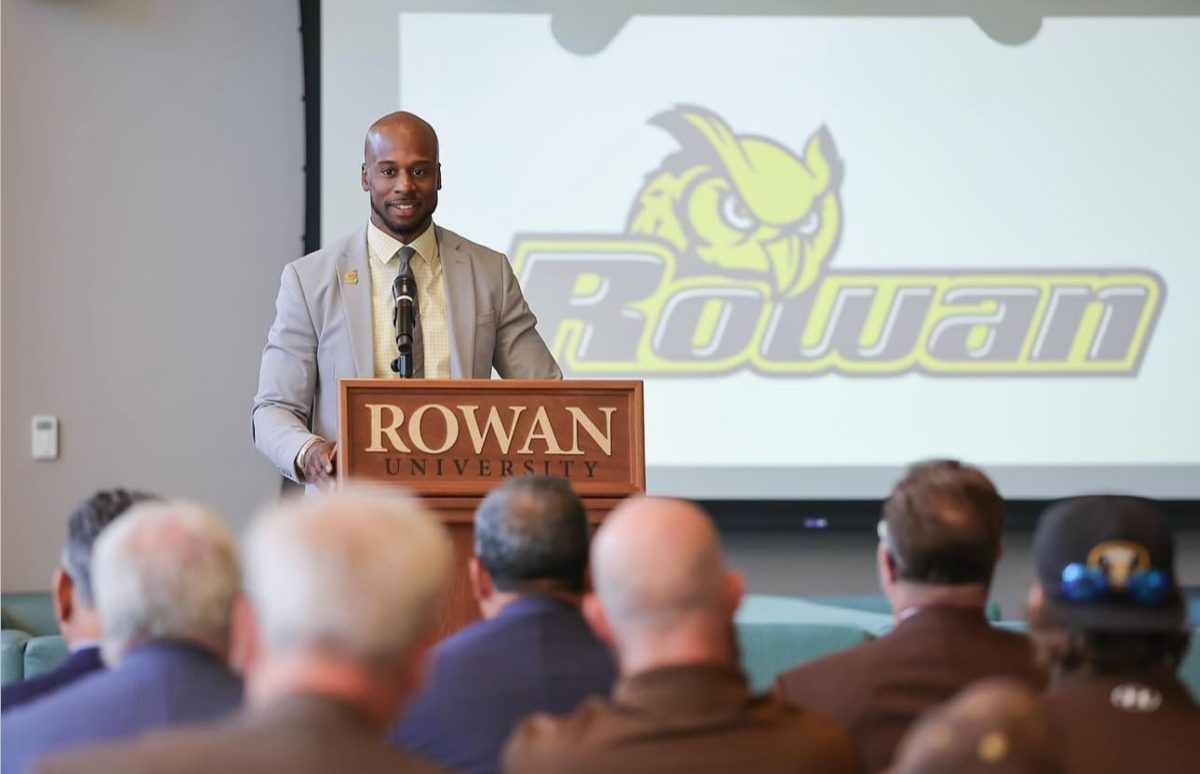Several weeks ago, during its first meeting of the year, the Student Government Association (SGA) executive board revealed plans for a campus resource center to be constructed in the Rowan Boulevard Apartment complex. SGA also announced that $30,000 would be provided from a surplus of budgeted money known as the fund balance to finance the development of the center.
The project has been spearheaded by SGA Alternate Student Trustee Rbrey Singleton and is meant to focus on a problem at the university that often escapes the public eye: some students do not have enough money to adequately provide for themselves.
Singleton explained that the idea for the resource center came from the affordability task force started by Rowan President Ali Houshmand.
“[President Houshmand] charged us with finding different ways to make college more affordable,” Singleton said.
He went on to describe how the task force connected with other colleges in the area, Rutgers and Caldwell University, to figure out how to accomplish their goal. Singleton said that through all the conversations, a common thread kept popping up.
“One of the recurring issues that we kept hearing about was this crazy thing called ‘food insecurity,'” he said.
Food insecurity is defined as what occurs when a person or people do not have reliable access to enough affordable, nutritious food. Singleton explained how SGA had released a survey to gauge the extent of the issue on campus, and the numbers they got back were cause for action.
“The statewide average for the percentage of people who are deemed food insecure was about 13 percent,” he said. “Some of our numbers were well over 50 percent when we got our numbers back and we thought that was really egregious. So that’s where the idea of a campus resource center kind of came from.”
SGA President Daniel Cardona said that the first major hurdle to the project had been completed in terms of passing the resolution through the SGA Senate. He noted the resolution was unanimously passed, and more than 1,000 students had signed on to a petition supporting the construction of the center.
“The [primary] obstacle we’re trying to get around is the key term of sustainability,” Cardona said. “I know [Singleton’s] working very hard. We’re trying to figure out negotiations and partnerships with big corporations. [Places like] soup kitchens and everything like that, but we’re working really hard to try to figure out how to address the term sustainability.”
The community resource center will be located in building five of the Rowan Boulevard complex, in a space that was formerly a conference room and multi-purpose space. A soft opening is expected sometime next month. While both Cardona and Singleton understand student frustration with the loss of the space, which also caused the removal of two workout rooms that will be used to replace it, they say that the ability to ease food insecurity on campus is worth the new use for the space.
As for the future of the project, Singleton said community engagement is key.
“We don’t see sustainability as a challenge, but as a necessary tool to make sure that the students are engaged, because after all, our resource center is going to be named S.H.O.P., which stands for Students Helping Other Profs, and we want to make sure that there’s huge community buy in behind the project,” he said.
For comments/questions about this story, email [email protected] or tweet @TheWhitOnline.
























































































































































!["Working with [Dr. Lynch] is always a learning experience for me. She is a treasure,” said Thomas. - Staff Writer / Kacie Scibilia](https://thewhitonline.com/wp-content/uploads/2025/04/choir-1-1200x694.jpg)








































